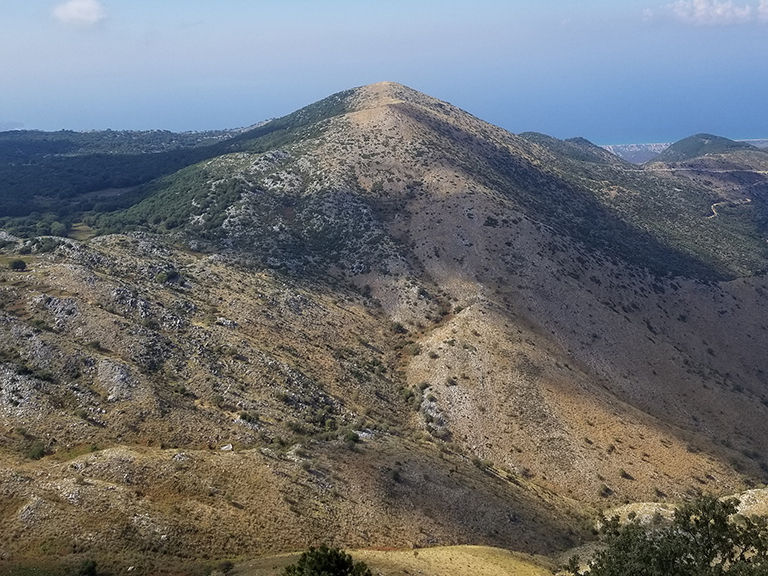
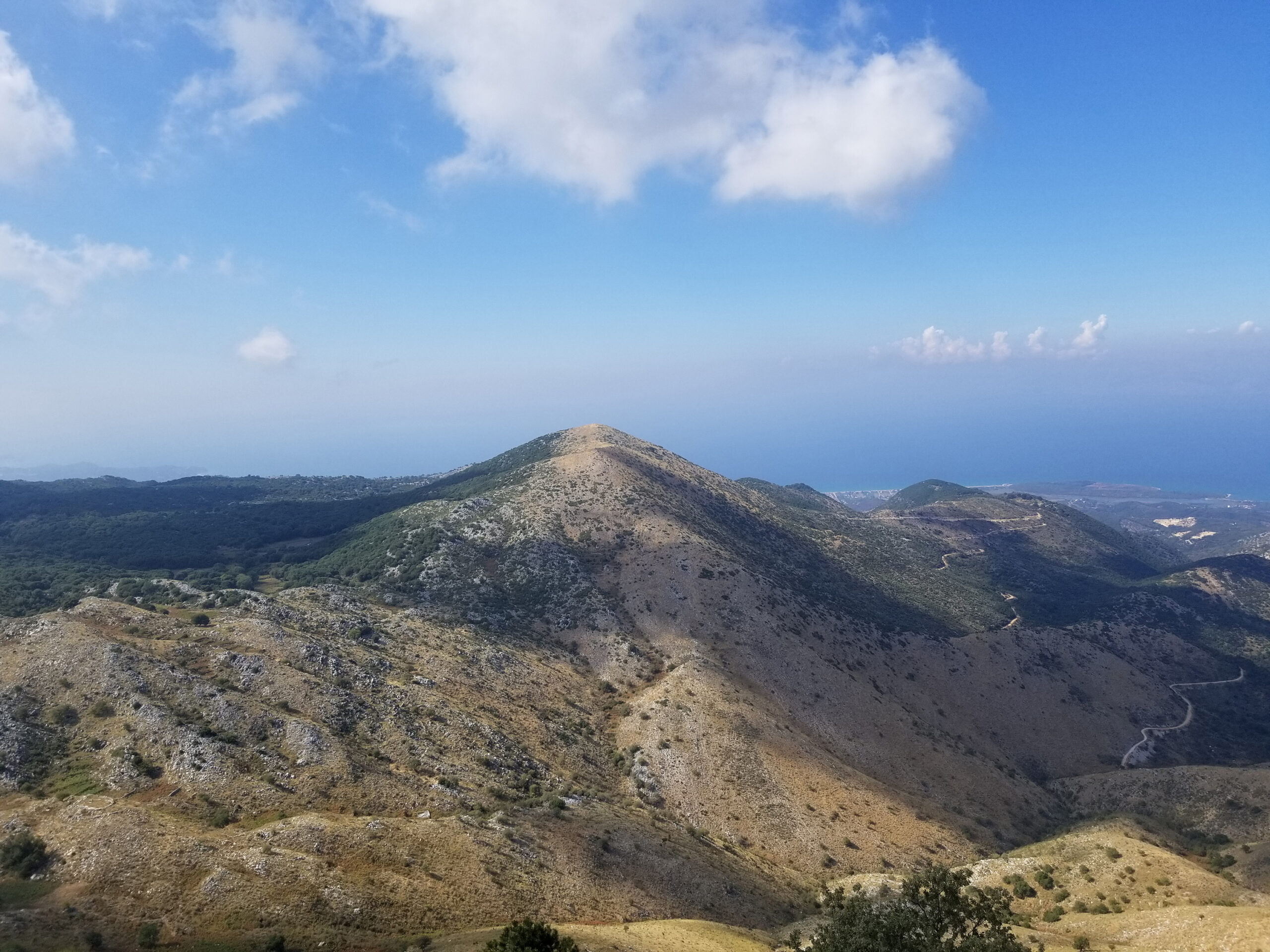
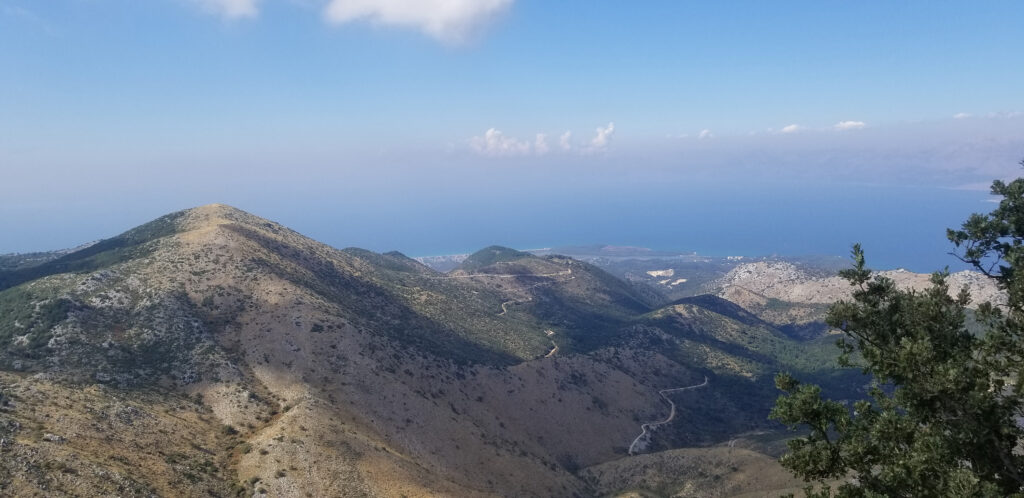
There are several theories about the origin of the name Korkyra (the Greek name for Corfu). In ancient mythology, Corcyra was the daughter of Asopus, the god of the river of the same name. The sea god Poseidon fell in love with her and brought her to the island. They had a son Phaeacus, from whom the mythical Phaeacian people descended, whose king was Alcinous. Homer used the name Spheria for Corfu and claimed that there is a palace of the Phaeacian king Alcinous, which has not been confirmed historically. His luxurious palace had silver stairs, columns and golden doors, made by god Hephaestus himself.

Calypso’s island can be seen in the distance, where Odysseus landed after the shipwreck in which all his companions died. The nymph Calypso received him and Odysseus enjoyed great happiness and love for seven years. But his restless spirit did not give him peace, because he longed for his homeland and his wife Penelope, so after the seventh year he left the island of Calypso and after another shipwreck he reached Corfu.
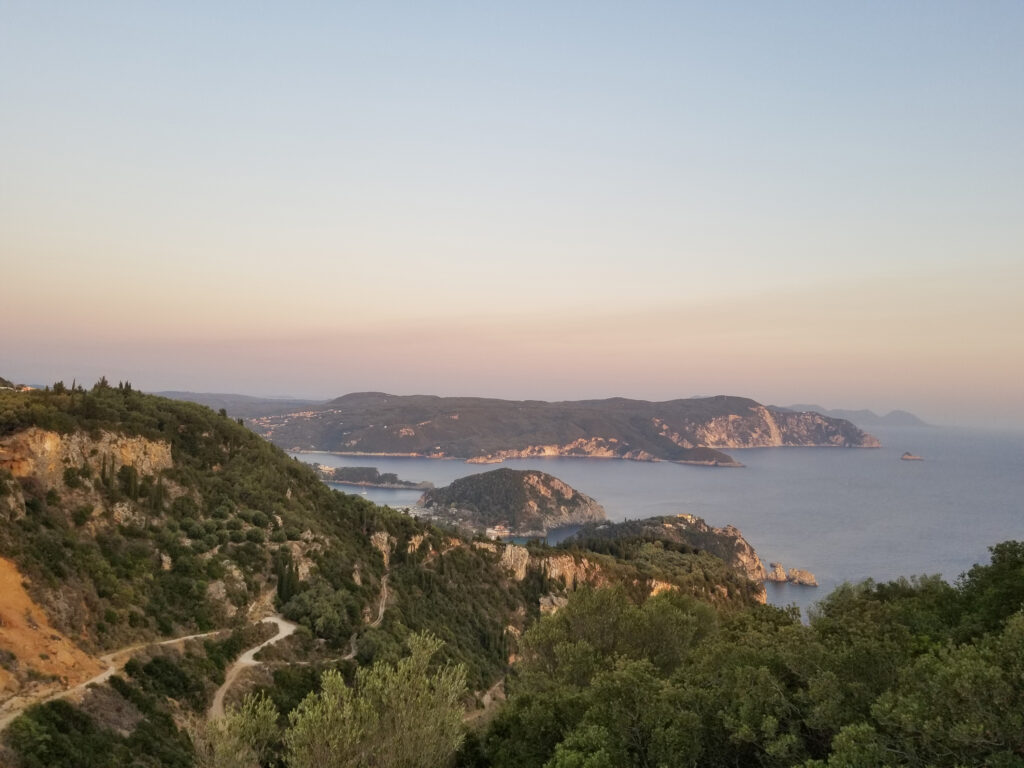
Angelkastra offers a beautiful panorama of Palekoastrice Bay. This bay was probably the place where Odysseus disembarked after his shipwreck. Before arriving in Corfu, Odysseus spent seven years on the island of Ogygia (probably the present-day island of Otonoi near Corfu), where he was hosted by the nymph Calypso. When he left Calypso, Odysseus sailed on the calm sea for 17 days, until the sea god Poseidon saw him and yelled at him, causing a storm. Odysseus managed to survive the shipwreck by swimming for two days to Corfu, on whose shores he was found unconscious and naked by Nausakia, the daughter of the mythical king Alcinous.
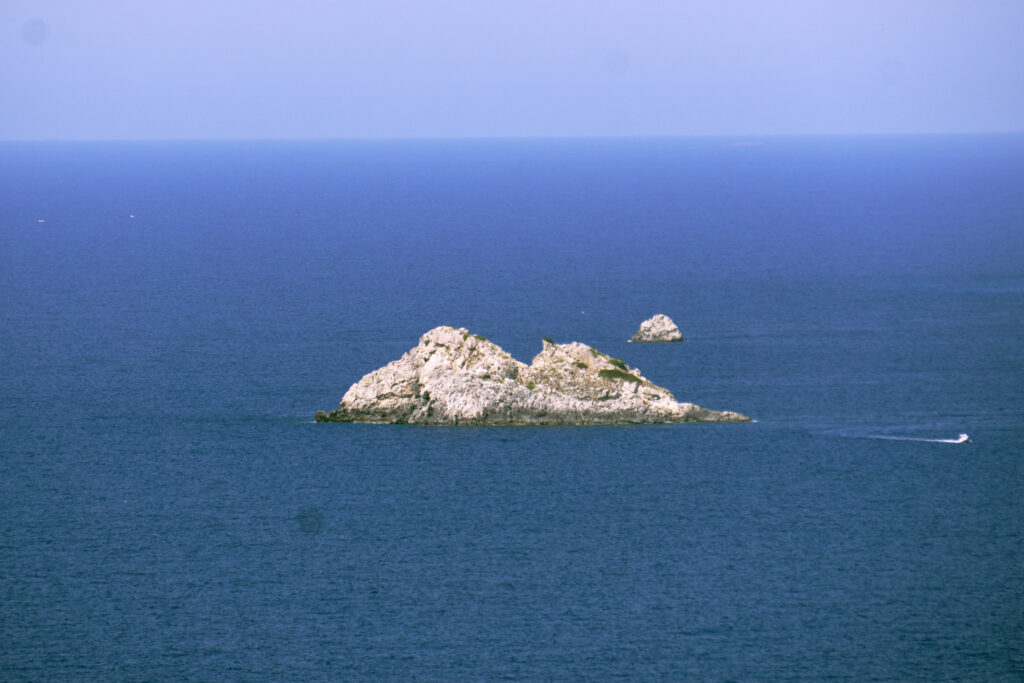
Nausakia took him to the palace of King Alcinous, who built him a new ship, so that he could return to Ithaca. Zeus, at Poseidon’s request, turned this ship into a rock. One of the islands in the bay of Paleokastritsa is perhaps the mythical ship of Odysseus, turned into a rock. Odysseus’ help provoked the wrath of the Olympian gods, which caused Alcinous’ kingdom to fall, as the gods shielded his city and harbour with high mountains.
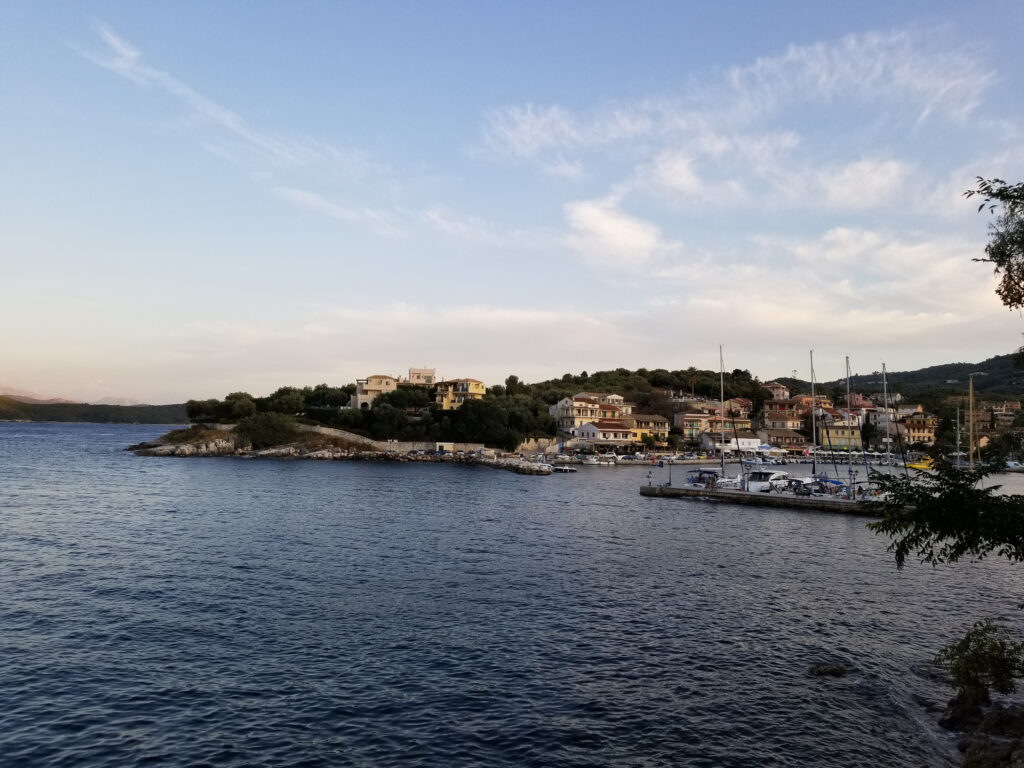
One of the possible landing points of Odysseus on the island, next to Paleokastritsa, is the bay near the city of Kassiopi, because the description given by Homer is quite similar to the configuration of this terrain. Homer himself is very detailed and precise in describing the geography of the places mentioned in the Iliad and Odyssey. One of the guiding principles in the discovery of Troy by Heinrich Schliemann was Homer’s description of the geography of Troy’s surroundings.
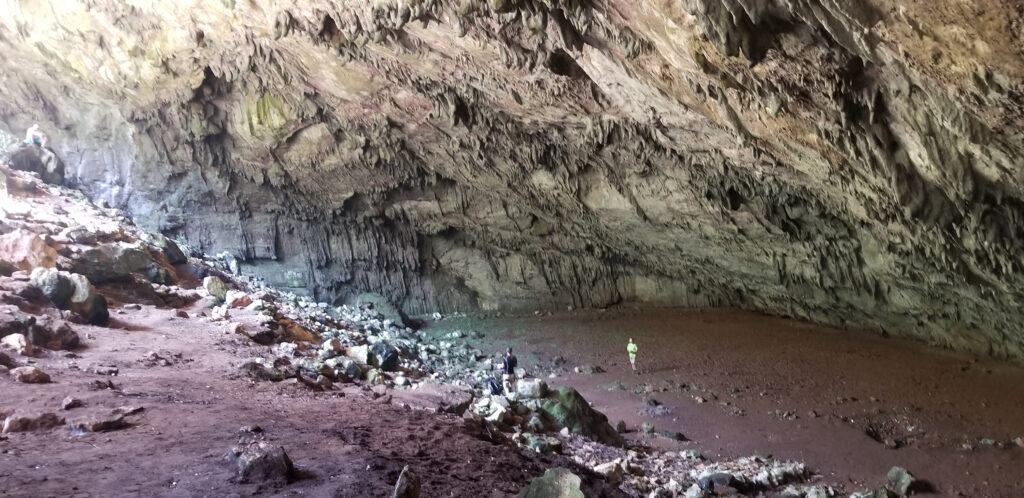
Near the village Luca there is the Medea’s cave. One cave, which is not exactly geographically determined, is related to a story from ancient Greek mythology about Jason, who with the stolen golden fleece, fleeing from the Colchians, reached Corfu with his beloved Medea. There he was met by King Alcinous, who also received Odysseus.

The Colchians asked King Alcinous to deliver Medea to them. He agreed to hand Medea over if it was proven that she was a virgin. Meanwhile, a secret wedding between Theseus and Medea was organized in Medea’s cave, which saved her from being delivered to the Colchians. Some Colchians remained to live on the island, while a part went to Istria, where they founded the city of Pula. There is no concrete evidence that Luce is Medea’s cave.
Check other Corfu’s Wonders Corfu Beaches, Corfu Town, Medieval Castles, The Achilleion Palace and Mount Pantokrator.
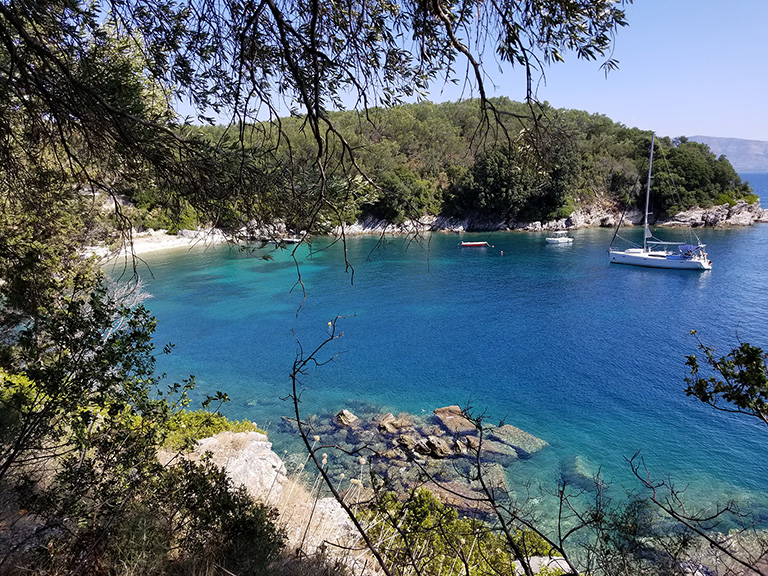
Corfu is popular tourist destination since 19th century. Discover Cape Drastis that was admired by Lord Byron or White House whi
Read More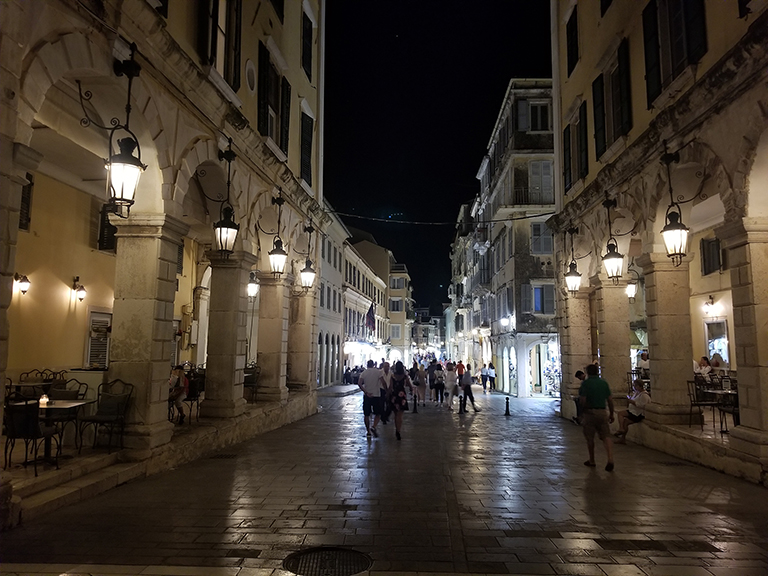
Charming and Romantic Town of Corfu has strong cultural and architectural influence of the Venetians. You can admire ancient Pal
Read More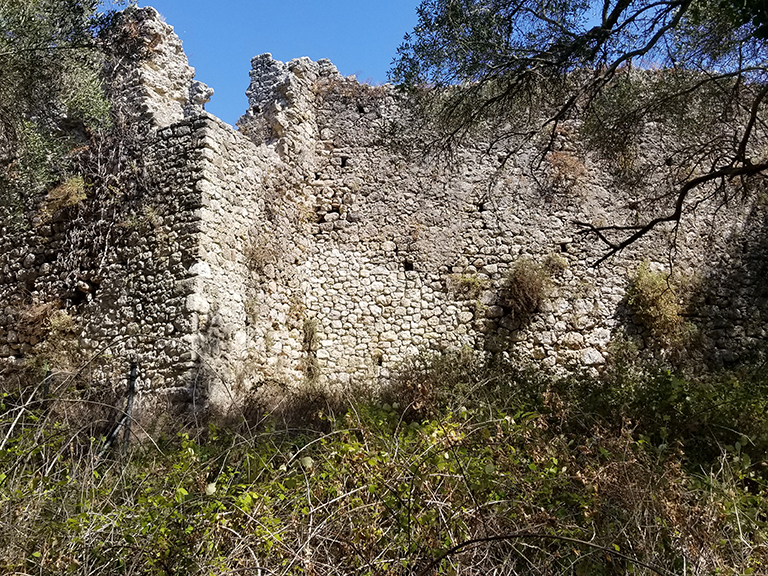
In this article you will find out more information about medieval castles built by Byzantines and Venetians during Middle Ages a
Read More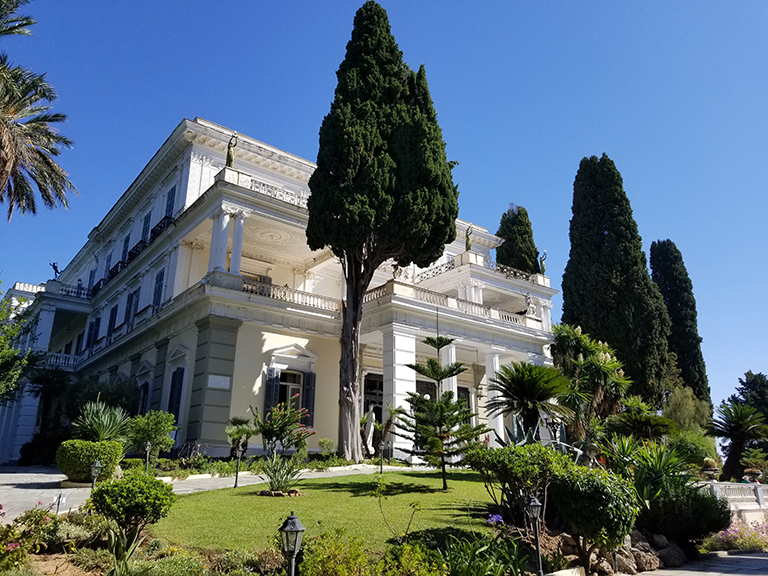
Achilleion is located at a village of Gasturi, ten kilometres south of the city of Corfu. Built on the top of the hill it prov
Read More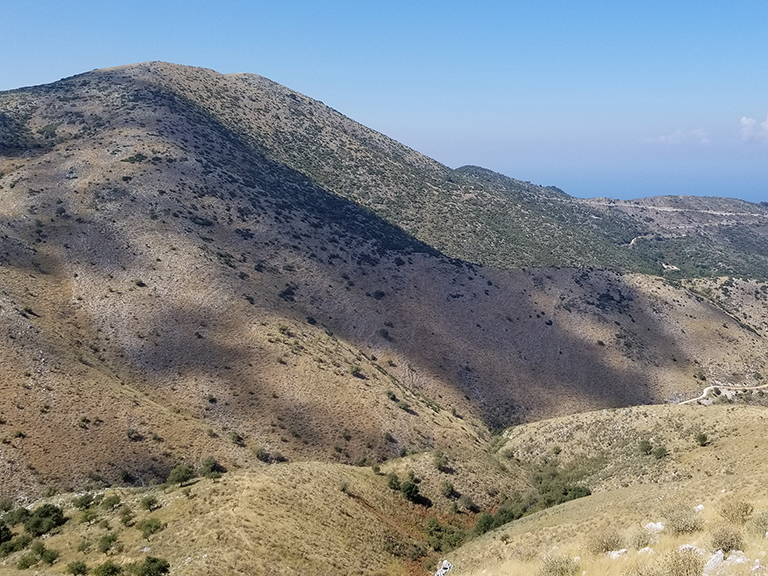
Mount Pantokrator with height 906 metres (2,972 ft) is the highest mountain on the Corfu island. From the summit you can see ent
Read More